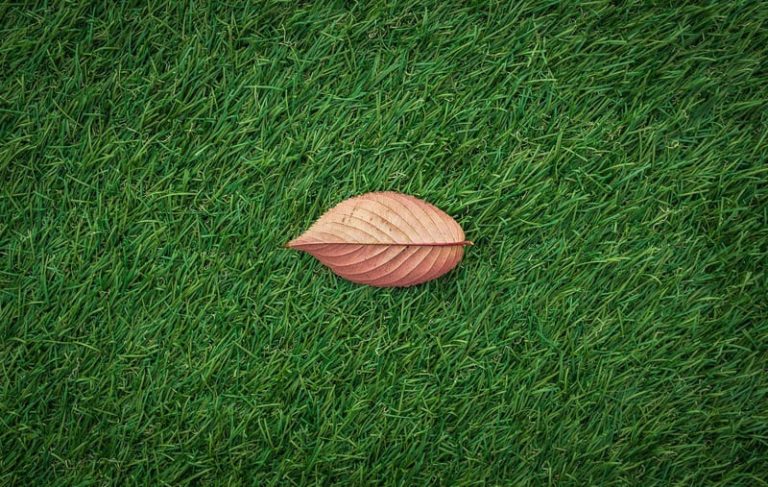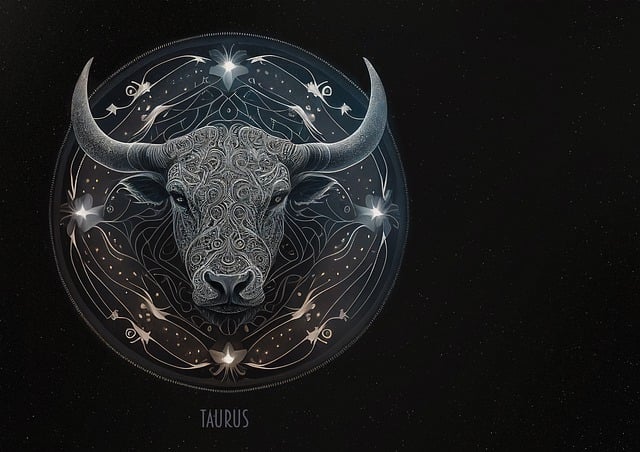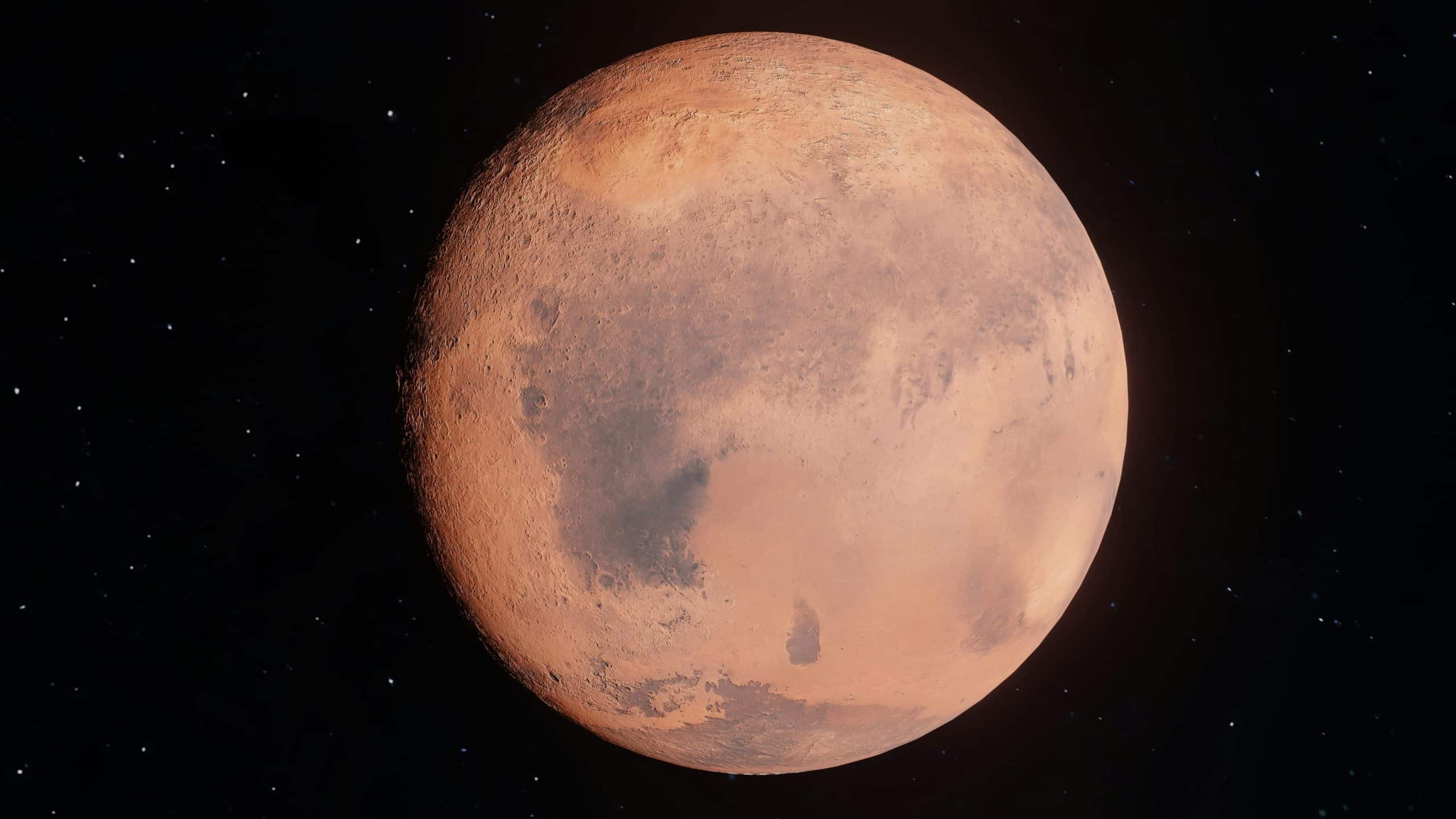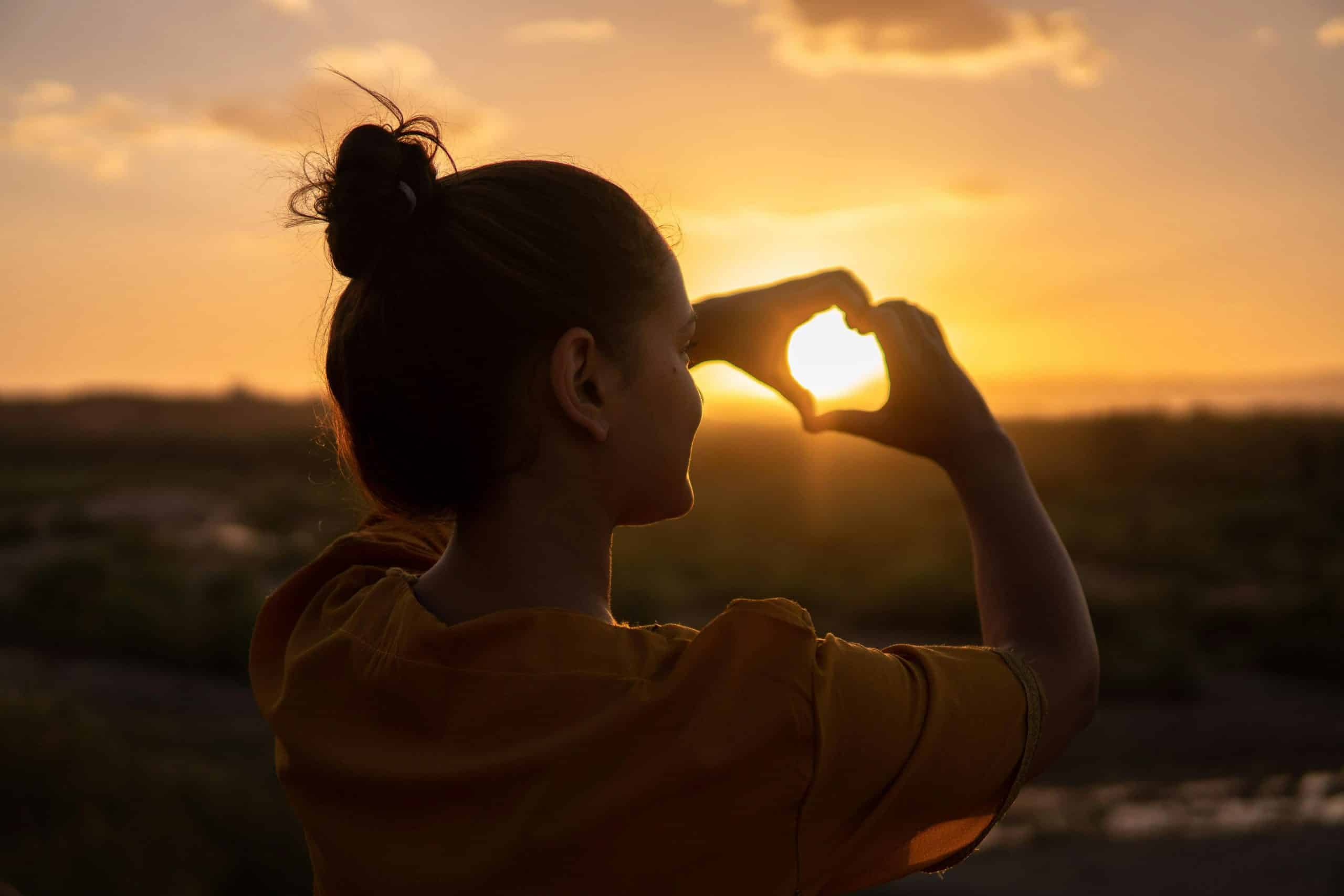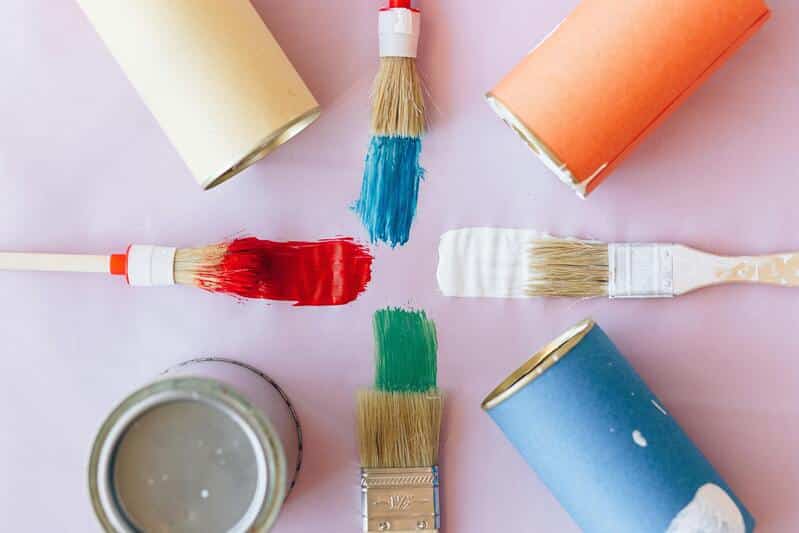Outside, it has become prominent that artificial turf is going to redefine landscaping. Initially, only meant for sports fields, synthetic grass paved its way into the homes and commercial landscape as one of the hottest features, such as maintenance-free, evergreen beauty, and huge savings in water consumption, all among the factors that ushered quick acceptance by consumers. As the world gradually turns green, many homeowners and businesses are investing in various options that are longer-lasting and greener compared to natural grass; thus, this avalanche will start drawing very high artificial turf growth rates.
Easy to Maintain, Money Saved
The fact that synthetic grass requires minimal maintenance is one of the factors leading to the increased interest in it. No mowing, watering, or fertilizing is required to keep synthetic grass looking like grass, and this translates to savings because one does not spend time or money maintaining it, especially during drought and water restriction periods. Want to know how to reduce work in and around your house? Then, check out 3 Essential Clever Kitchen Hacks: you might just get interested. Thus, the notion of less maintenance involved with artificial turf applies most to the busy family and property managers alike.
Strong, Green Year-Round:
Not only does the natural lawn appear brown and patchy during winter or under drought conditions, but artificial turf also stays fresh and green throughout the year. Modern manufacturing techniques have made it possible for the synthetic grass to closely resemble real grass in appearance and feel. Quite resistant to high traffic from both children and pets, synthetic turf lasts 15-25 years, according to maintenance. The fact that it appeals from the aesthetic to the practical aspects makes it a really smart investment for the long haul.
Conservation of Water and Growth of the Market
Fake turf has additionally been proven to be an environmentally friendly system of conservation of maximum water. Replacement of natural grass lawns can save households thousands of gallons of water a year: for instance, the EPA claims that changing to turf can save up to 22,000 gallons of water a year for a household. More green facts can be viewed at Better Homes & Gardens. Thus, according to MarketsandMarkets, the market for artificial turf is probably to experience swift growth. In studying heatwaves, it is also important to consider their effect on outdoor spaces. Refer to 3 Ways Heatwave Lifestyle Disruption Changes You: Adapt Now for insight on adapting amid extreme weather.

